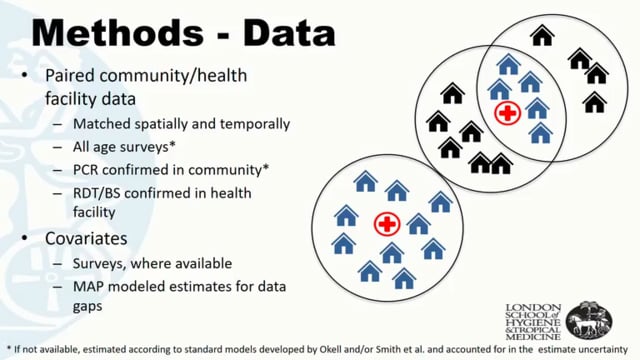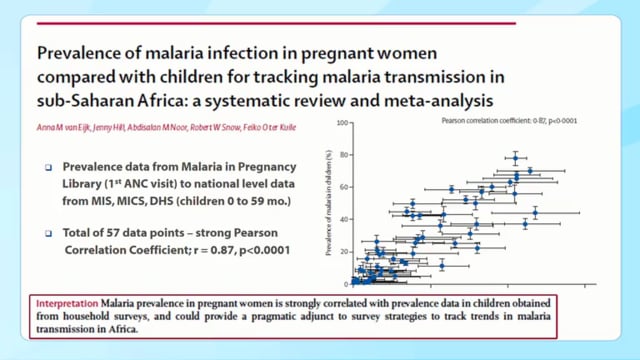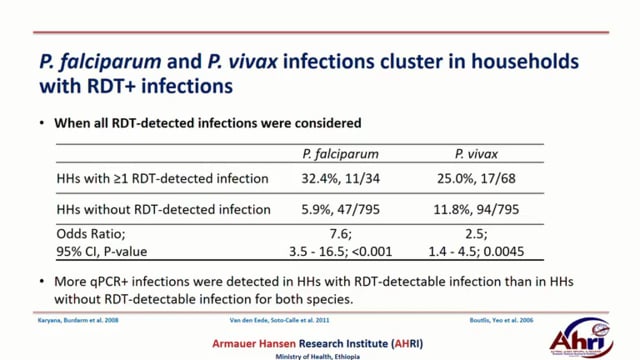ASTMH 2018, Gillian H. Stresman: “Bias in routinely collected malaria surveillance data due to asymptomatic infections according to transmission intensity (a proxy for protective immunity)”
Published: 29/10/2018
In collaboration with ASTMH, Image Audiovisuals, and session presenters, MESA brings you this webcast from the 67th ASTMH annual meeting in New Orleans, October 2018
Title: “Bias in routinely collected malaria surveillance data due to asymptomatic infections according to transmission intensity (a proxy for protective immunity): A pooled analysis of paired health system and community cross-sectional survey data “
Speaker: Gillian H. Stresman, London School of Hygiene and Tropical Medicine, London, United Kingdom
Session information:
October 29, 2018, 10:15 AM – 12:00 PM, Marriott – Sheraton – Rodrigue Gallery (1st Floor)
Abstract:
Routinely collected health systems data is the foundation of most malaria programs, both to estimate burden and to inform control and elimination programs. However, in some communities, the prevalence of infected individuals that do not seek care due to being asymptomatic can be significant. Immunity acquired with repeated exposure modifies the probability that a person will become symptomatic. Therefore, the proportion of infected individuals at any given time that will become symptomatic is expected to be modified according to transmission intensity. The aim of this research was to determine the relationship between the proportion of all infections in the community that are identified within the health system and transmission intensity, as a proxy for levels of protective immunity present in the community. Paired community and health system data in both time and space were collected from 282 clusters in 9 countries. The proportion of infections detected in the health system was estimated by the quotient of the number of infections detected at the facility and the total number of PCR confirmed infections in the community and those detected in the facility. The proportion was modeled according to transmission intensity, measured by overall population prevalence by fitting a linear relationship on the log odds scale using Bayesian Markov Chain Monte Carlo methods to account for differences in health systems and other key factors across the clusters. Preliminary results indicate that the proportion of infections reported by the health system starts to increase when overall malaria prevalence in the community is 5.9% to a maximum of 100% of infections. These findings suggest that in elimination settings, health systems can be relied upon to detect most malaria infections in a community once overall prevalence is sufficiently low.
THEMES: Asymptomatic Reservoir | Surveillance


